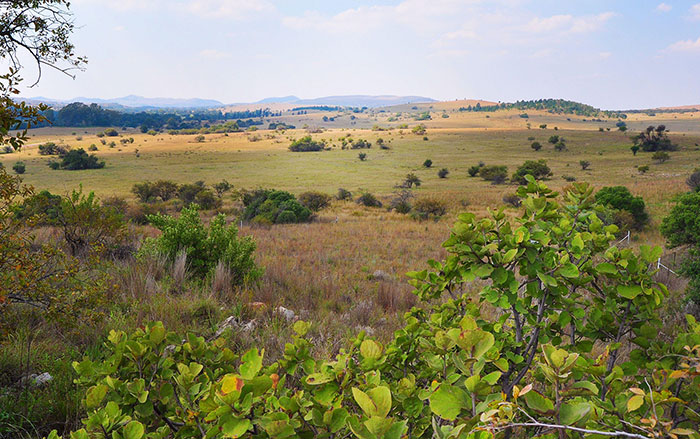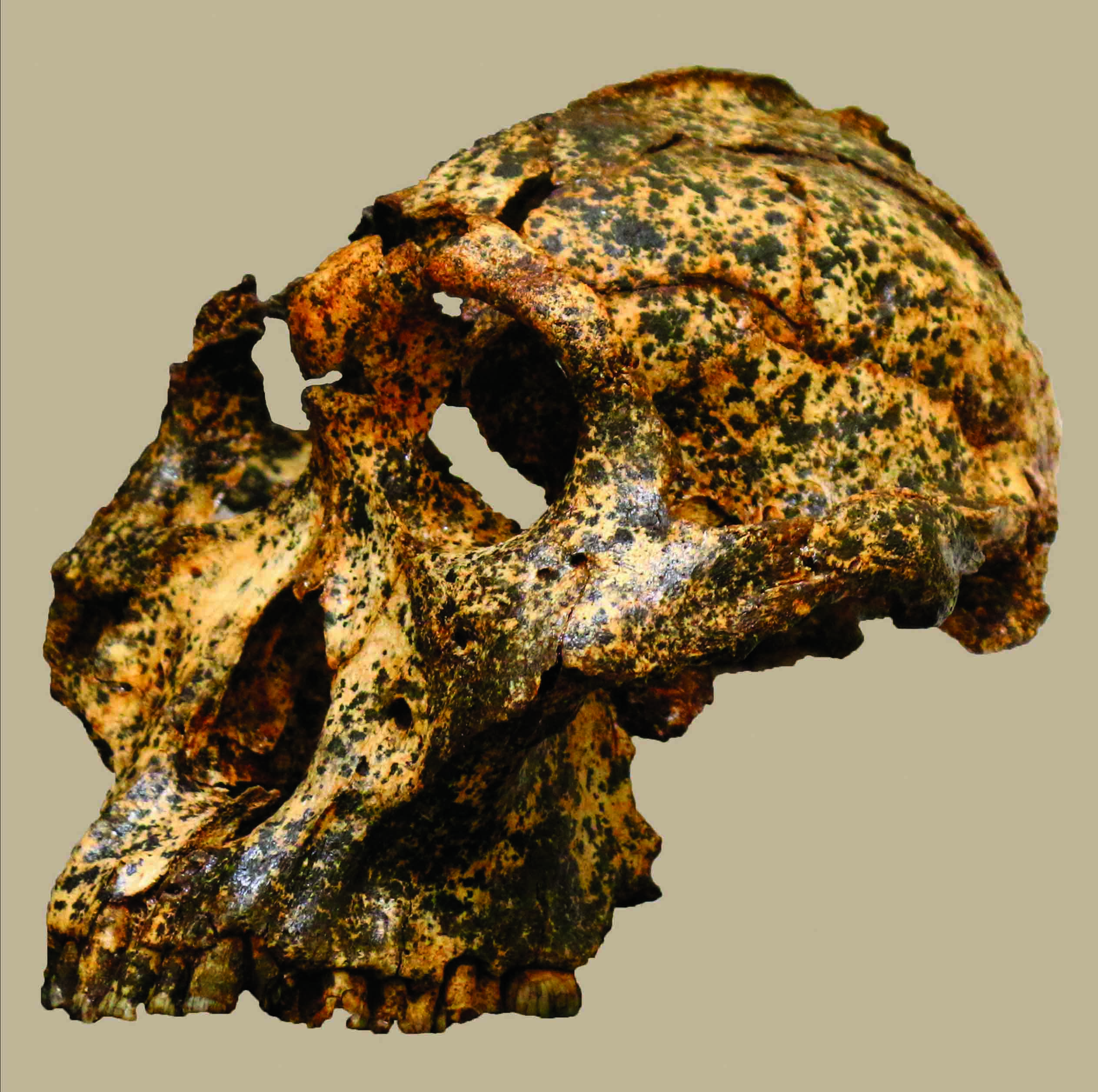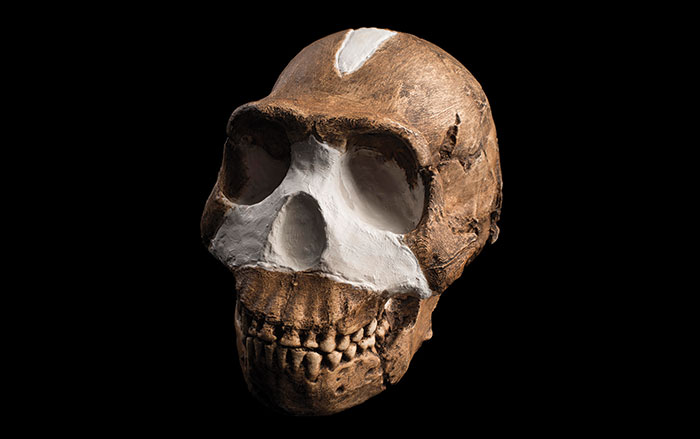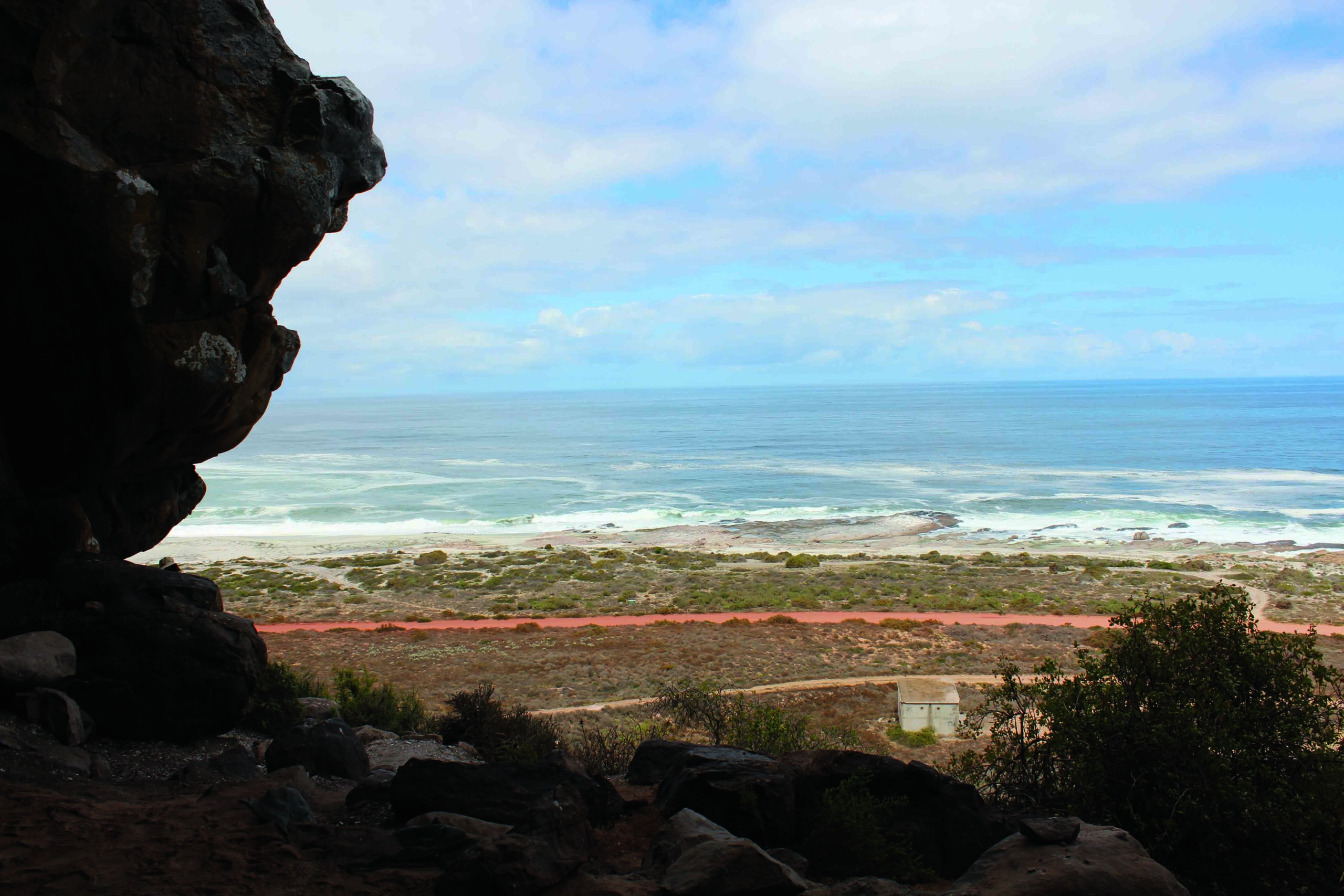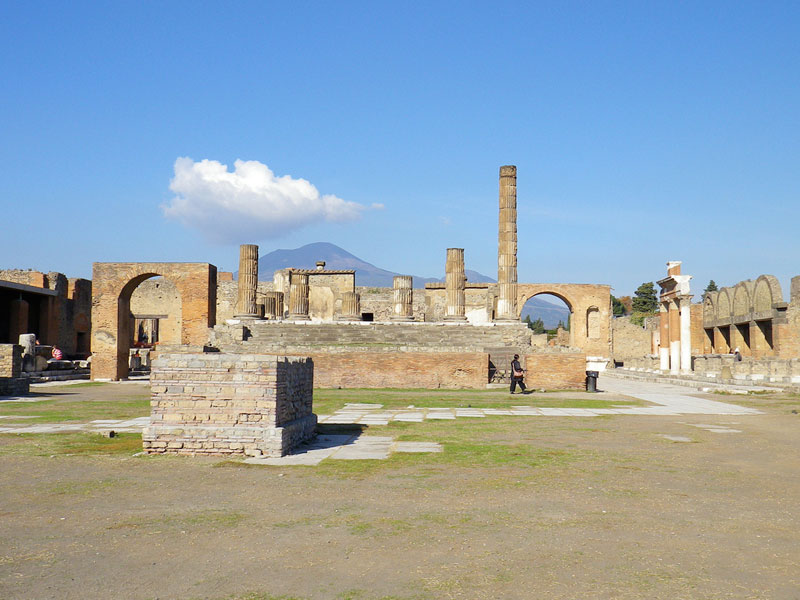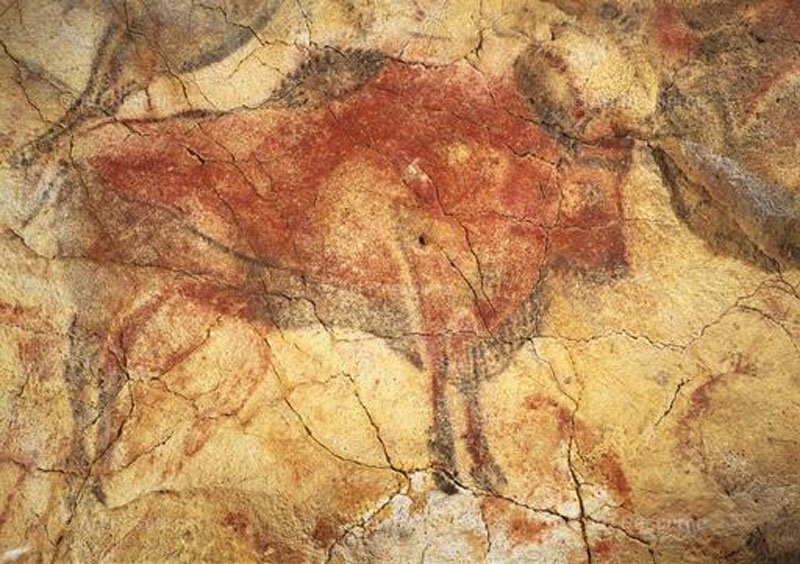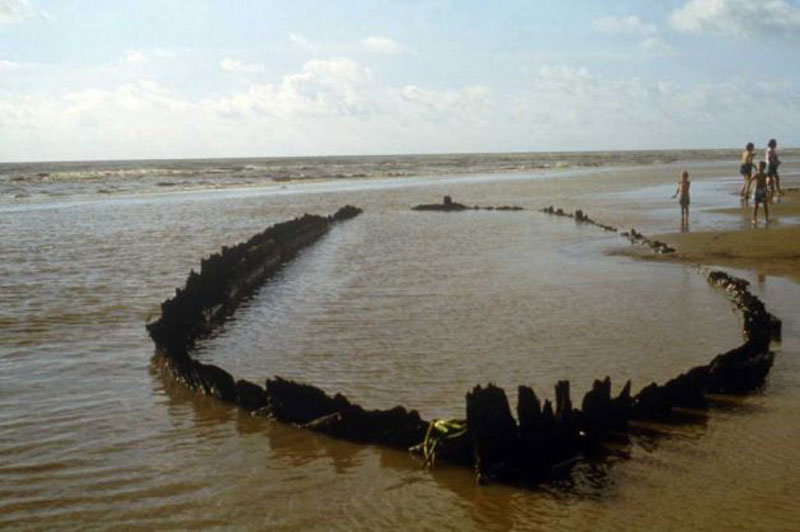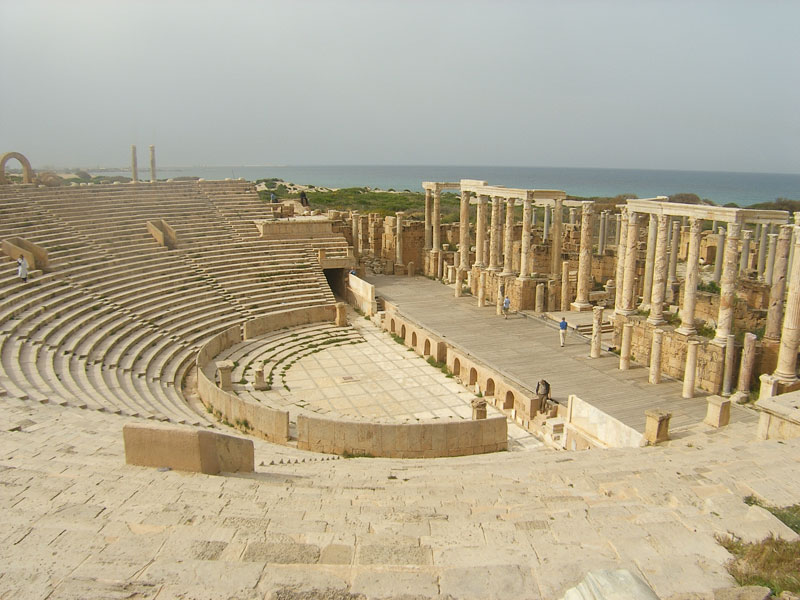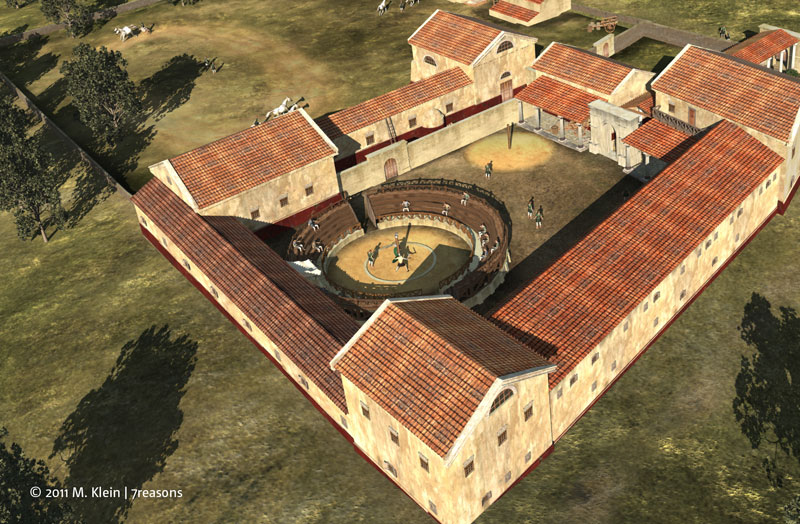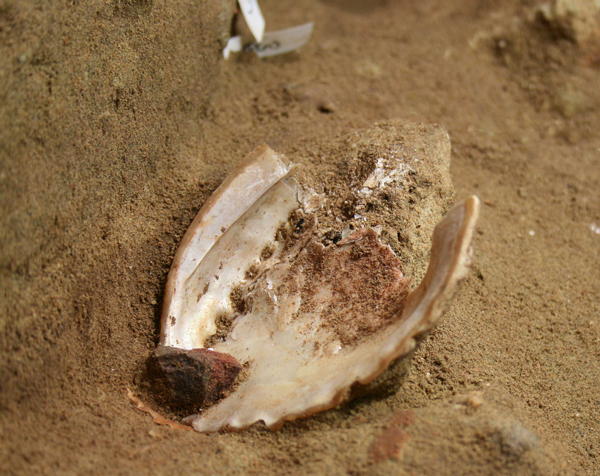
A cave in southwestern South Africa was used as a paint production workshop, where ancient artists made a liquid ochre pigment. The toolkit of shells, stone, and bone from Blombos Cave suggests Middle Stone Age humans were capable planners.
Similar paint-making workshops have been found, such as the one at Lascaux Cave in France. But, at 100,000 years old, the Blombos toolkit is now the oldest one uncovered. "A Middle Stone Age painter has left all his tools for us," says Francesco d'Errico, a University of Bordeaux archaeologist involved in the excavation, noting the kit's complete and preserved state.
Two abalone shells were found with ochre and mineral residue in them, along with tools resembling mortars and pestles made of stone and bone from a variety of animals. The shells used for storing the powder are caked with both yellow and red pigments, implying repeated use. The variety of tools suggests their owner returned to the cave repeatedly to grind ochre from clay found nearby, using and discarding tools as needed.
The acquisition of different ingredients and equipment, as well as evidence of storage, "implies planning abilities that a number of researchers would have not previously granted to Middle Stone Age populations," explains d'Errico. He adds that the ochre might have been produced for painting and body decoration.


